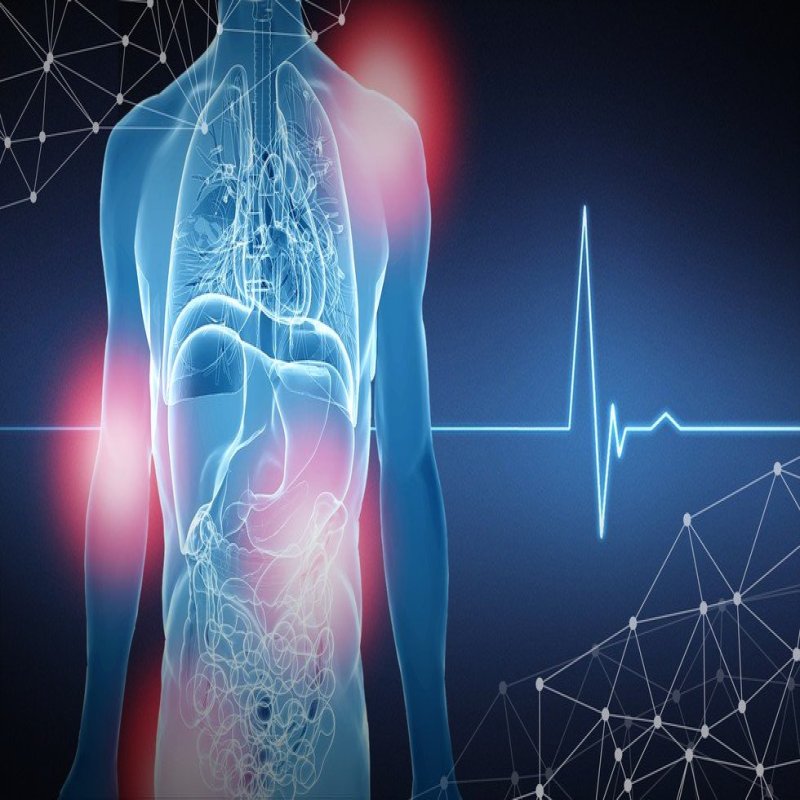
Pain is classified based on its duration, etiology, location, intensity, and the manner in which Pain is felt. Here we will look deeper into how different types of pain are classified.

Location
This is the most fundamental way in which pain can be classified. The location simply means the place where the pain is felt (headache, back pain, joint pain, stomach ache, cardiac pain, leg pain, etc.).
Duration
Acute Pain
Acute pain is protective in nature and has an identifiable cause. It lasts for a short period of time; once the cause subsides, the pain resolves, either with or without treatment. It's usually treated with common NSAIDs and topical painkillers in the form of ointments or transdermal patches.
Chronic Pain
Chronic pain lasts longer than 3 to 6 months. For those who suffer from it, it can be debilitating and affect almost every aspect of life, like mobility, social life, or personal life. It can also have a psychological impact. E.g., arthritis pain, headaches, back or other joint aches, and cancer pain. Treatment often involves the use of NSAIDs or opioid analgesics in some cases.
Etiology (The Place of Origin)
The place of origin for the pain can be Nociceptive or Neuropathic.
Nociceptive Pain
As we have seen earlier, nociceptive pain receptors are present everywhere in our body. Nociceptive pain is experienced following an injury when the brain communicates to us that we are hurt and our tissues are damaged. E.g., pain arising due to broken bones, trauma, or cuts is nociceptive pain. Once the injury is healed, the pain disappears.
Nociceptive can be either Somatic or Visceral.
Somatic Pain
Somatic pain is experienced when there is an injury to our skin, muscles, connective tissues or bones. It is highly localized in most conditions. E.g. sprained ankle, fractured bone, bruising, cuts.
Visceral Pain
Visceral pain is felt when nociceptive receptors present in areas like the pelvis, abdomen, or thoracic cavity are sensitized. Could arise due to infection through food or water or any trauma or injury to these parts. Usually, it's difficult to pinpoint the exact location of pain. Some locations of pain are stomach aches or cramps, labor pain, or cardiac pain due to angina.

Neuropathic Pain
This pain occurs due to the malfunctioning of our nerves as a result of illness, injury, or an unknown cause. For example, diabetic neuropathy, post-herpetic pain, or injury to the spinal cord. This can be further divided into peripheral or central neuropathic pain.
Peripheral Pain
Peripheral pain is felt when nerves in the periphery, like the limbs (hands and legs), are affected. Post-herpetic pain is an example of peripheral neuropathic pain.
Central Neuropathic Pain
Central Neuropathic pain occurs when there is an injury to the central nervous system. Example: injury to the spinal cord due to trauma.
Intensity
Based on the intensity of the pain, it is classified into 3 categories –
- Mild
- Moderate
- Severe
Manner of Pain
Depending upon the way pain is felt it can also be classified as:
- Radiating pain refers to pain that travels from one part of your body to another. The reason that radiating pain happens is due to the fact that all your nerves are connected. So, an injury or damage in one area can travel along connected nerve pathways and be felt in another area. A great example of radiating pain is sciatica. If your sciatic nerve is irritated, then it can cause pain across your buttocks and down your leg to your toes.
- Referred pain is when the pain you feel in one part of your body is actually caused by pain or injury in another part of your body. For example, an injured pancreas could be causing pain in your back, or a heart attack could be triggering pain in your left arm or jaw, or extreme pain in your lower back due to a kidney stone. Referred pain can be a symptom of serious and unfavorable changes happening in your body.
There is only a slight difference between referred pain and radiating pain, with the fact being – as name suggests, radiating pain moves along all the nerves.
Thus, in cases of cardiac pain due to MI (myocardial infarction) or a heart attack, the pain could be felt only in the left arm or jaw (referred to as the chest), or it could also radiate from the chest to the left arm and jaw.
Psychosomatic Pain
Psychosomatic pain is a totally different type of pain, the cause of which cannot be determined easily. Most of it is imaginary, and its origin is unknown. Psychosomatic pain is physical pain resulting from mental issues like emotional distress. People who have experienced deep emotional trauma in the past may have buried those emotions, which are then expressed through physical pain years or even decades later. It can be treated with CBT, or cognitive behavior therapy, or antipsychotic medicines.

Pain may also be felt in any part of the face, which can be extremely severe due to its proximity to the brain. All types of dental pain, trigeminal neuralgia, ear ache, acne pain, and, of course, headaches of all origins, from the common cold to migraines.
Trigeminal neuralgia is a chronic pain condition that affects the trigeminal nerve, which carries sensation from your face to your brain. If you have trigeminal neuralgia, even mild stimulation of your face—such as from brushing your teeth or putting on makeup—may trigger excruciating pain. You may initially experience short, mild attacks. However, trigeminal neuralgia can progress and cause longer, more frequent bouts of severe pain.
Pain Management
Pain management can be done through –
- Pharmacological methods include the use of opioid analgesics, NSAIDs (which could be oral or injectable), topical ointments, or transdermal patches.
- Non-pharmacological methods include the application of ice packs, heat therapy, exercises, physiotherapy, yoga, meditation, aromatherapy and massage, acupressure, and even music therapy.



.png)


